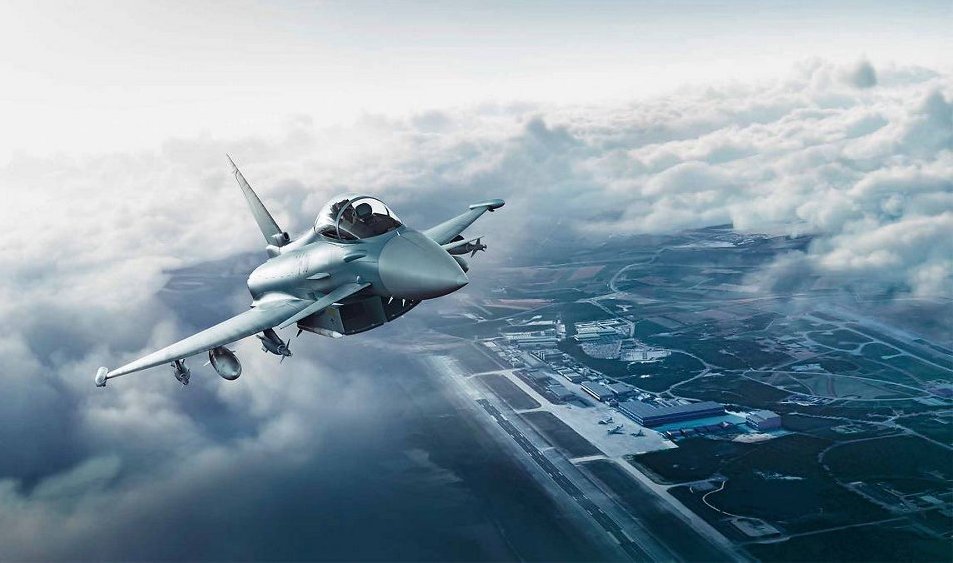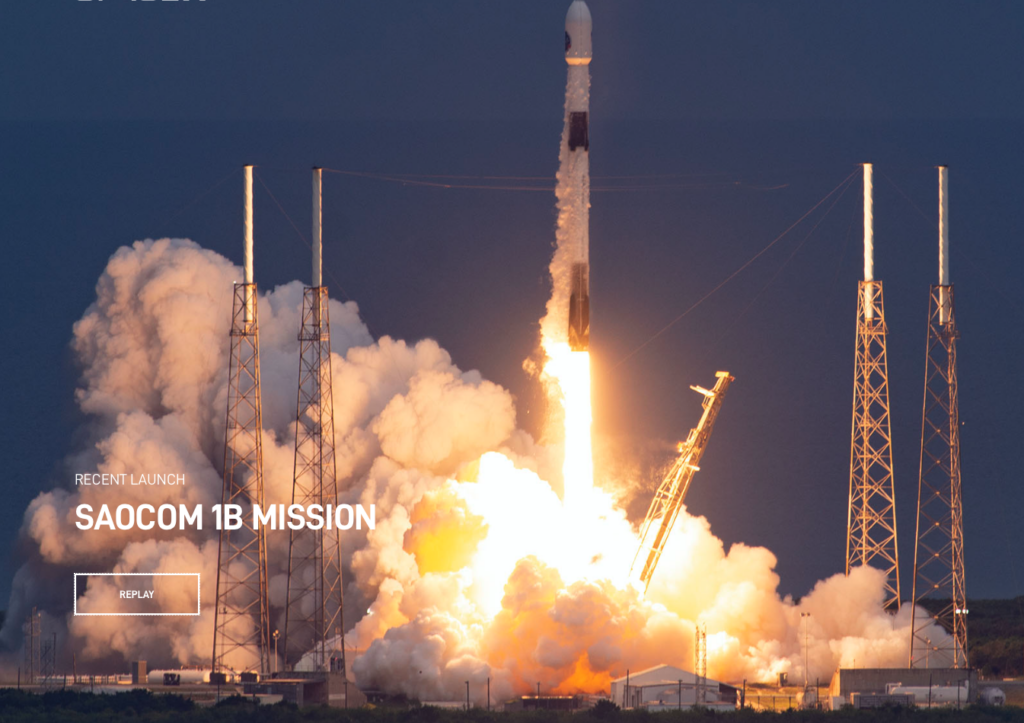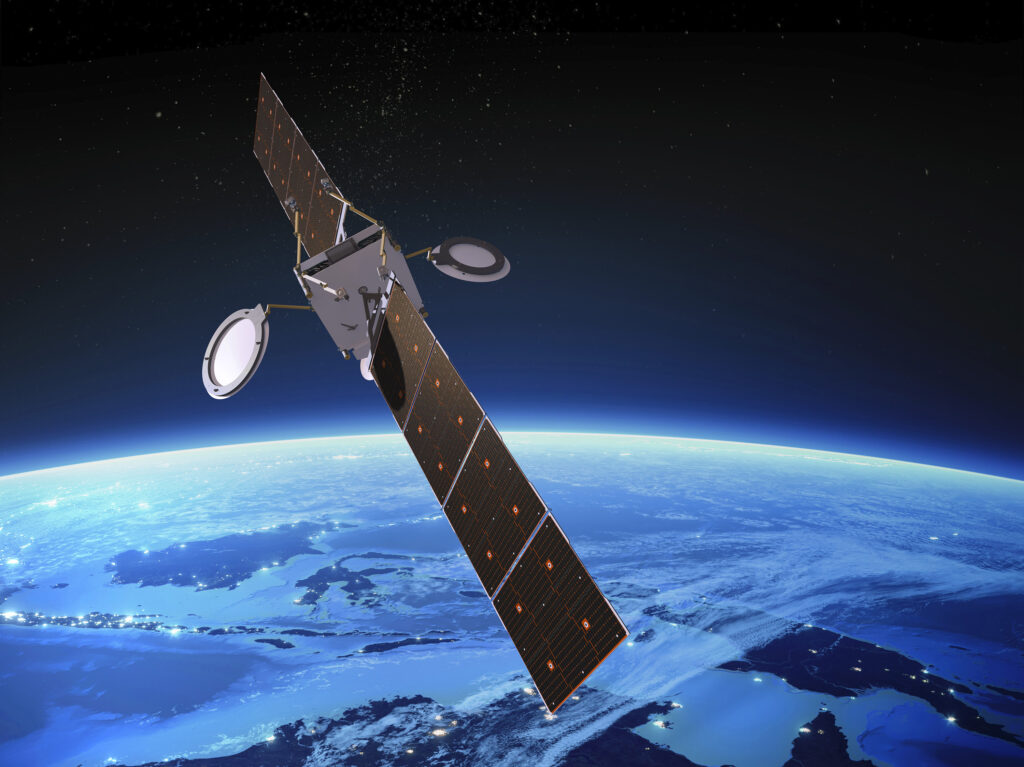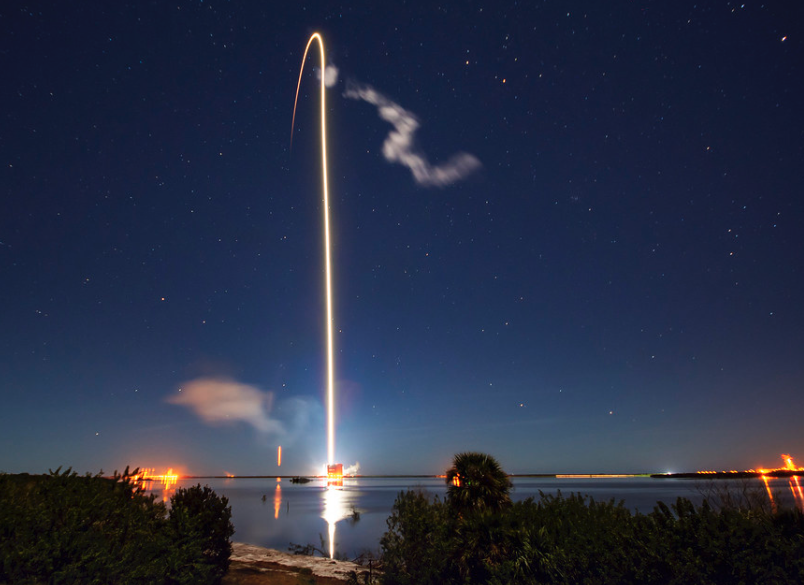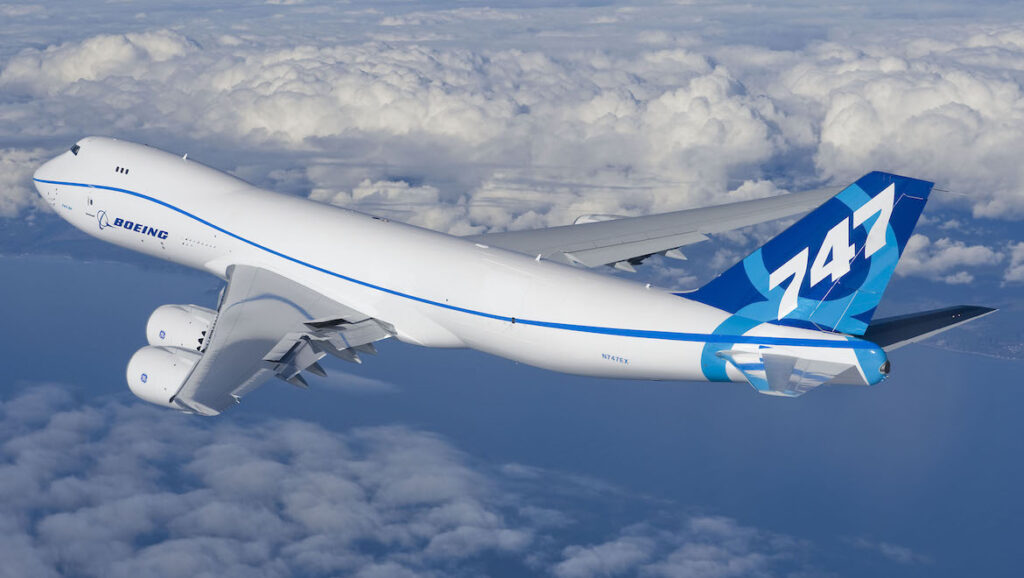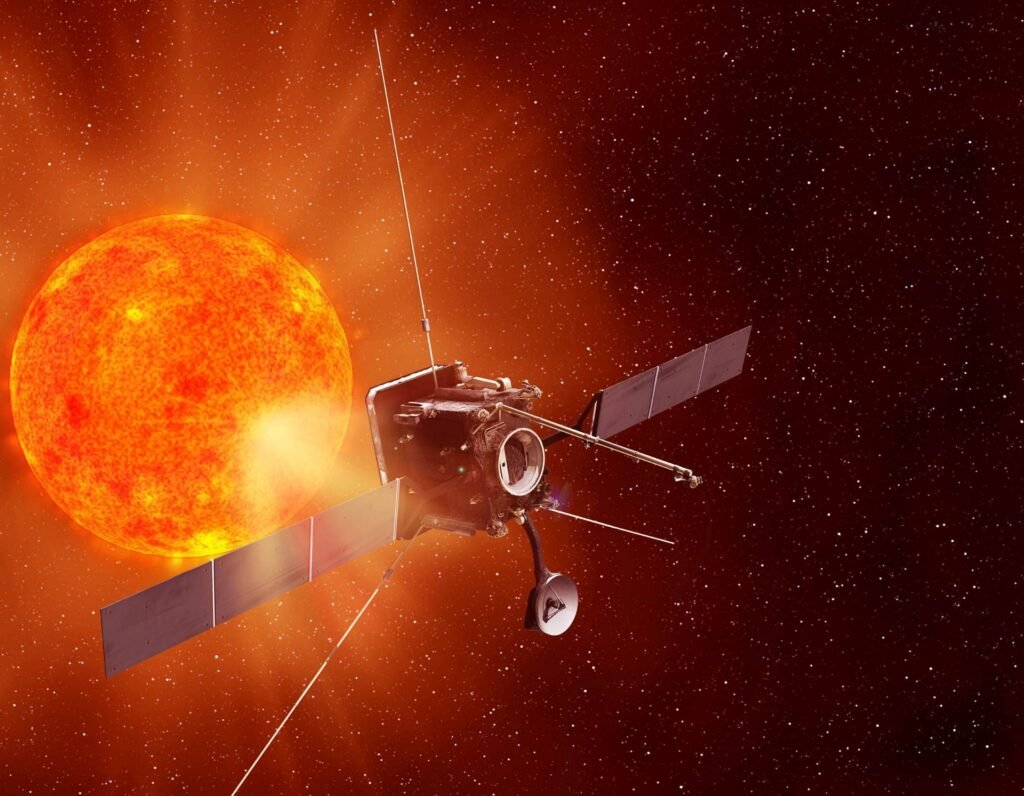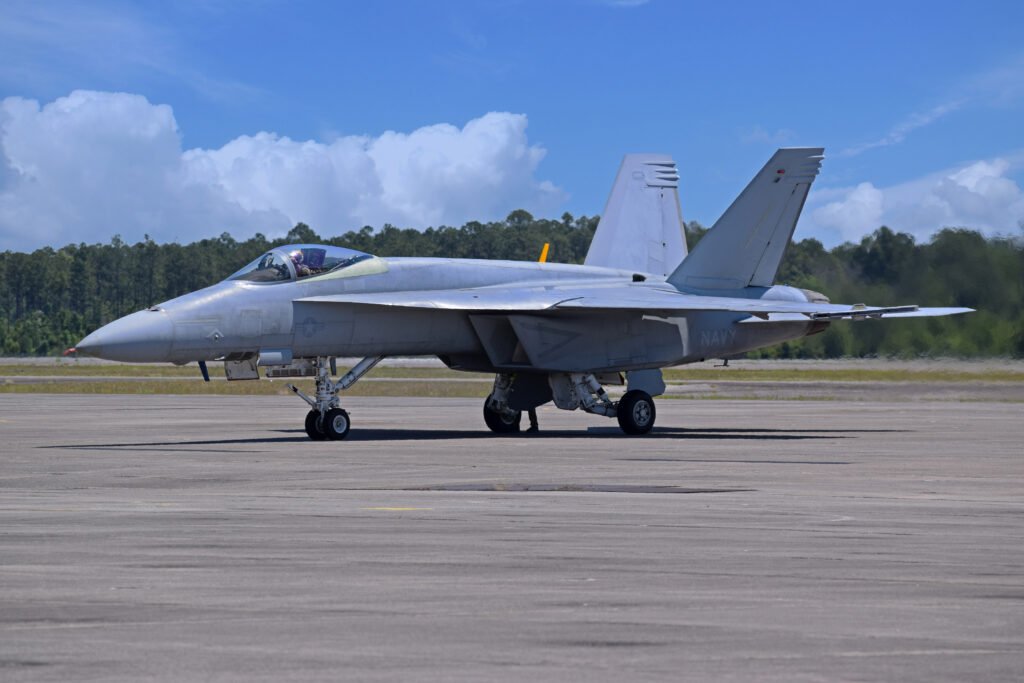Defence Ministers of Germany and France visit Airbus in Manching
During a visit of the Airbus premises in Manching, Europe’s largest military aviation development centre, the Defence Ministers of Germany and France, Annegret Kramp-Karrenbauer and Florence Parly, expressed their nations’ support for key European defence…
